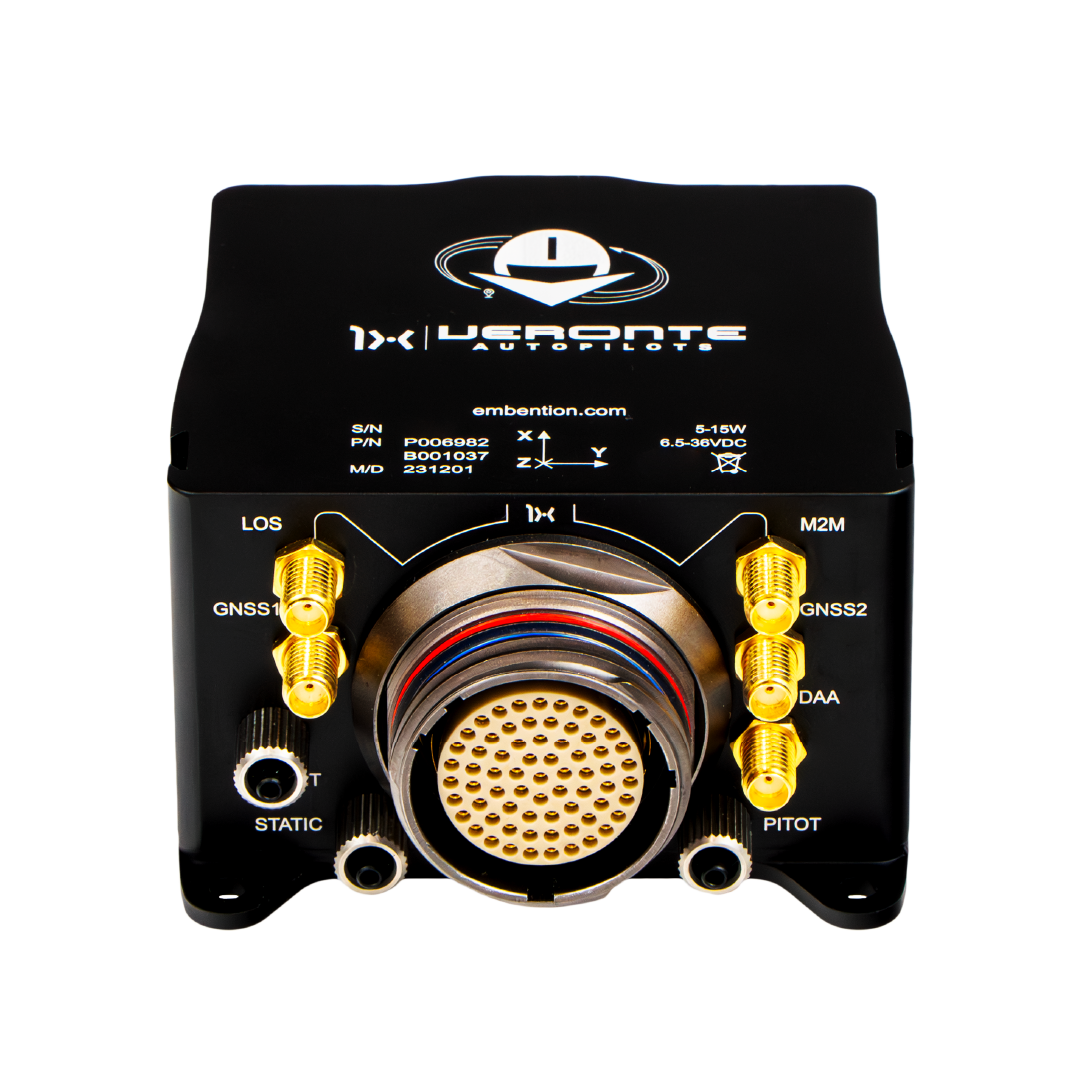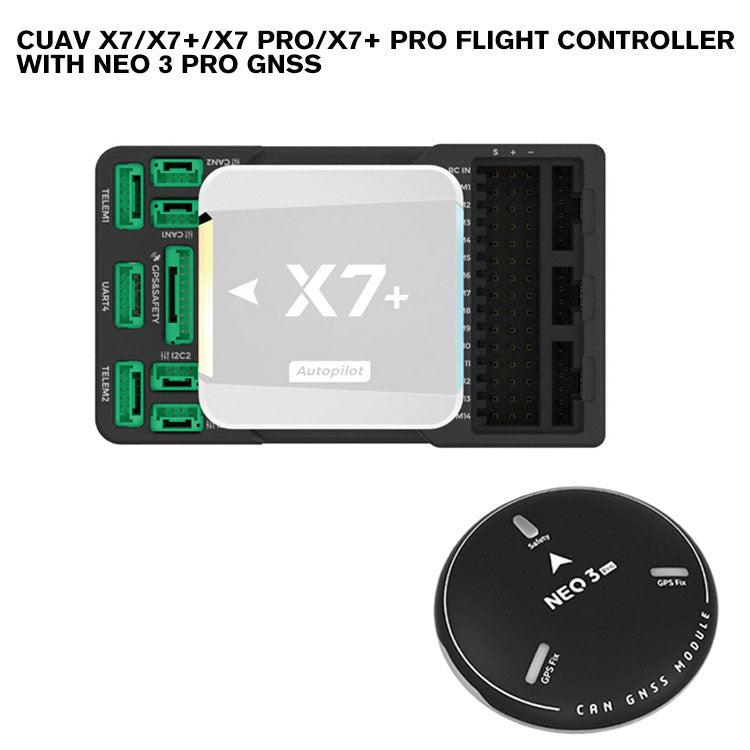The Relevance of Drone Flight Controllers in Modern Aerial Technology: Secret Components and Their Influence
In the world of modern airborne modern technology, drone trip controllers function as the crucial systems that manage a drone's performance and abilities. These sophisticated devices integrate crucial components such as microcontrollers and GPS modules, assisting in security and precision in flight operations. Their duty is especially pronounced in independent features, where innovative algorithms boost navigating and obstacle avoidance. As markets progressively rely upon drones for applications ranging from farming to security, the advancing innovation within trip controllers increases critical concerns regarding their future influence and potential advancements. What innovations lie in advance that could redefine our understanding of drone capabilities?

Summary of Drone Trip Controllers
In the world of aerial innovation, drone trip controllers offer as the important mind of unmanned airborne lorries (UAVs), allowing accurate maneuverability and stability during flight. These advanced systems incorporate sensor information, processing algorithms, and control inputs, permitting drones to perform complicated trip patterns with precision.
Drone trip controllers use various sensing units, such as gyroscopes, accelerometers, and GPS components, to analyze the UAV's orientation and setting in real-time. This information is vital for preserving equilibrium and ensuring secure procedure in diverse environmental conditions. The controllers procedure this data to make instantaneous adjustments to the drone's electric motors, enabling for smooth changes and responsive handling.
In addition, trip controllers are furnished with innovative software program that sustains features such as waypoint navigating, obstacle avoidance, and autonomous flight abilities. This software program is crucial for both entertainment and industrial applications, where dependability and accuracy are paramount. As drone technology proceeds to advance, the evolution of trip controllers will certainly play a critical duty in enhancing UAV safety, flexibility, and functionality, inevitably expanding their applications throughout various markets.
Secret Parts Explained
Understanding the essential parts of drone trip controllers is important for grasping how these systems operate successfully. At the heart of a flight controller is the microcontroller, which works as the brain, processing data from different sensing units and implementing commands. Essential sensing units include gyroscopes and accelerometers, which measure the drone's positioning and movement, offering crucial comments for stablizing.
One more key part is the measure, which evaluates elevation by gauging climatic pressure, while general practitioner components supply positional information, making it possible for autonomous navigation - SparkNavi drone flight controller and GNSS/INS made in taiwan. The flight controller also interfaces with Digital Rate Controllers (ESCs), which control the rate of the drone's electric motors based upon the controller's commands
Communication components, such as radio receivers, assist in remote input, enabling drivers to send out commands in real-time. Furthermore, some trip controllers incorporate software program that can deal with complicated algorithms for waypoint navigation, flight planning, and telemetry information evaluation.
Function in Flight Stability
Central to preserving trip stability, drone trip controllers use innovative algorithms to process sensing unit information and make real-time changes. These controllers are equipped with an array of sensing units, consisting of gyroscopes, accelerometers, and measures, which continuously keep an eye on the drone's altitude, reference orientation, and rate. By interpreting this data, the flight controller can identify discrepancies from the wanted flight course and respond without delay to preserve security.
For example, if a drone experiences an unexpected gust of wind, the trip controller can swiftly adjust the electric motor speeds to counteract the disruption, making sure a stable trip trajectory. This ability is important not just for manual trip operations yet additionally for implementing complex maneuvers and maintaining smooth trip in numerous ecological conditions.
.jpg)
In addition, the sophisticated algorithms used in trip controllers, such as PID (Proportional-Integral-Derivative) control, allow for fine-tuning of the drone's response to modifications in trip conditions. By maximizing these control specifications, trip controllers can improve security, improve responsiveness, and lower pilot workload. Ultimately, the function of trip controllers in guaranteeing trip stability is crucial for the effective and risk-free procedure of contemporary drones throughout varied applications.
Influence on Autonomous Procedures

Autonomous procedures are particularly crucial in varied applications such as security, shipment, and farming solutions. With boosted flight controllers, drones can autonomously browse predetermined paths, effectively collect information, and adapt to vibrant environments. This capability lowers the demand for continuous human oversight, thereby raising functional efficiency and security.
Moreover, the application of equipment learning methods within flight controllers enables drones to enhance their performance over time by finding out from previous missions. This adaptability leads the way for more innovative self-governing applications, such as throng modern technology, where multiple drones collaborate their actions to achieve an usual objective.
Future Trends in Flight Controllers
Developments in trip controller technology are poised to reinvent drone capacities in the coming years. One substantial trend is the integration of artificial intelligence (AI) and artificial intelligence algorithms, allowing drones to find out from their atmospheres and make real-time decisions. This improvement will certainly improve self-governing navigation, barrier avoidance, and mission preparation, substantially boosting functional efficiency and safety and security.
Furthermore, the development of advanced sensor technologies, such as LiDAR and multispectral imaging, will certainly supply trip controllers with richer data inputs. This will certainly help with extra advanced logical abilities, allowing drones to perform complex tasks, such as precision agriculture, rescue and search, and infrastructure inspections with extraordinary precision.
An additional emerging fad is the miniaturization of flight controller elements, which will lead to lighter and extra small drones. This development will certainly prolong trip periods and payload capacities, making drones a lot more versatile for numerous applications.
Final Thought
In final thought, drone trip controllers act as essential elements in modern-day aerial innovation, guaranteeing security and precision in maneuverability through the combination of microcontrollers, accelerometers, and GPS components. SparkNavi drone flight controller and GNSS/INS made in taiwan. Their capacity to make it possible for self-governing procedures and adapt to numerous applications underscores their significance across several sectors. this website As advancements in expert system and sensor innovation proceed to arise, the potential for improved capabilities and enhanced operational effectiveness in drone systems will likely reshape the future of aerial applications
Central to keeping flight stability, drone flight controllers utilize sophisticated algorithms to refine sensing unit information and make real-time changes. By translating this data, the flight controller can identify deviations from the wanted flight course and react promptly to maintain security.
In addition, the innovative algorithms used in trip controllers, such as PID (Proportional-Integral-Derivative) control, enable for fine-tuning of the drone's reaction to changes in trip problems. Ultimately, the function of trip controllers in making certain trip security is vital for the effective and risk-free procedure of modern drones throughout varied applications.
The improvements in drone trip controllers not only improve flight security however also significantly influence independent procedures. SparkNavi drone flight controller and GNSS/INS made in taiwan.
 Jonathan Taylor Thomas Then & Now!
Jonathan Taylor Thomas Then & Now! Neve Campbell Then & Now!
Neve Campbell Then & Now! Richard "Little Hercules" Sandrak Then & Now!
Richard "Little Hercules" Sandrak Then & Now! David Faustino Then & Now!
David Faustino Then & Now! Nicki Minaj Then & Now!
Nicki Minaj Then & Now!